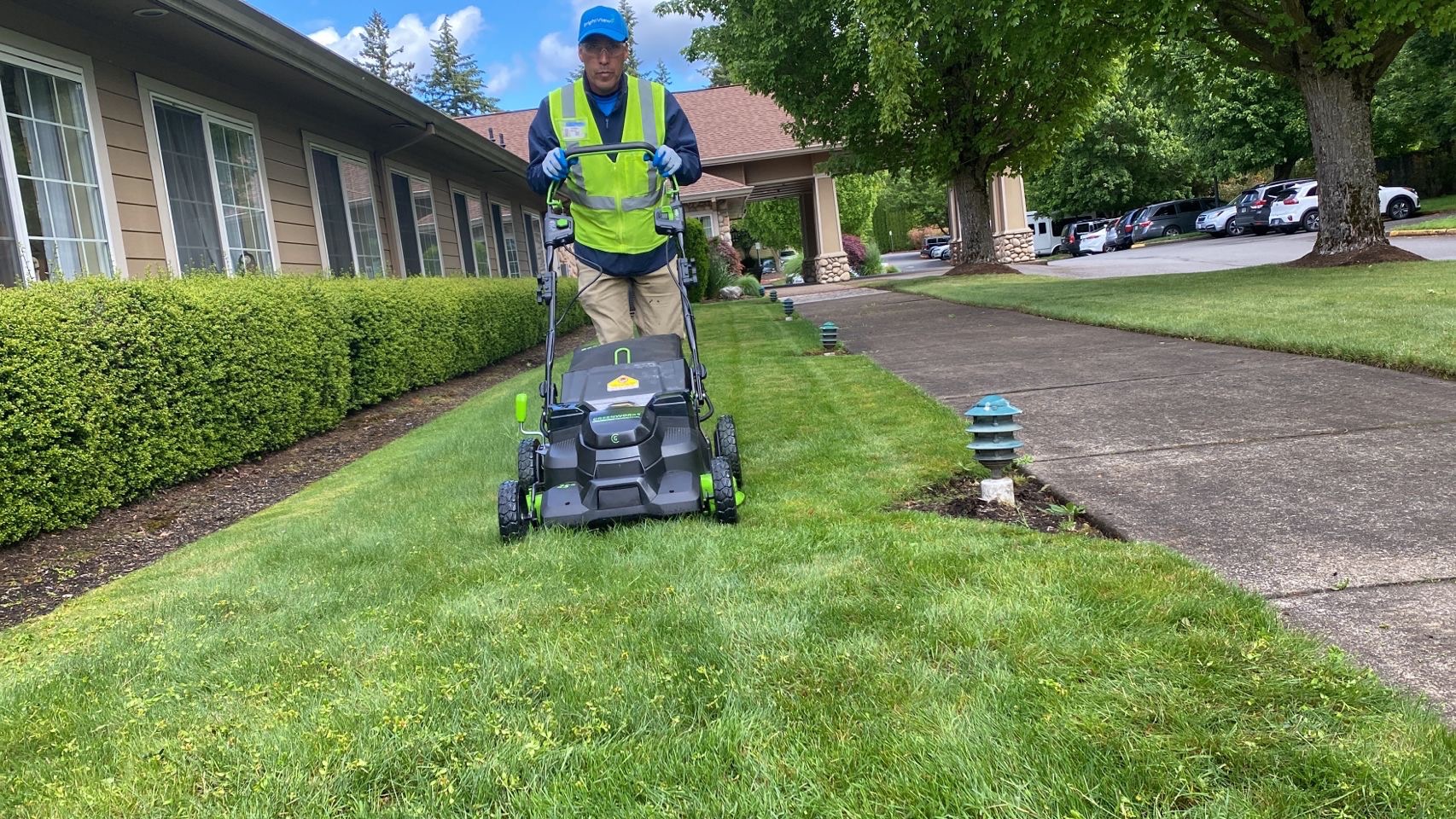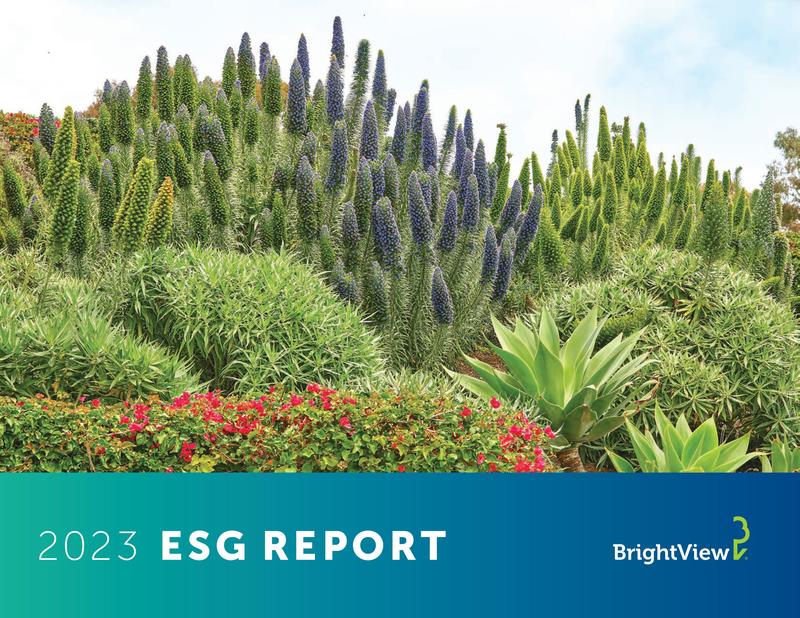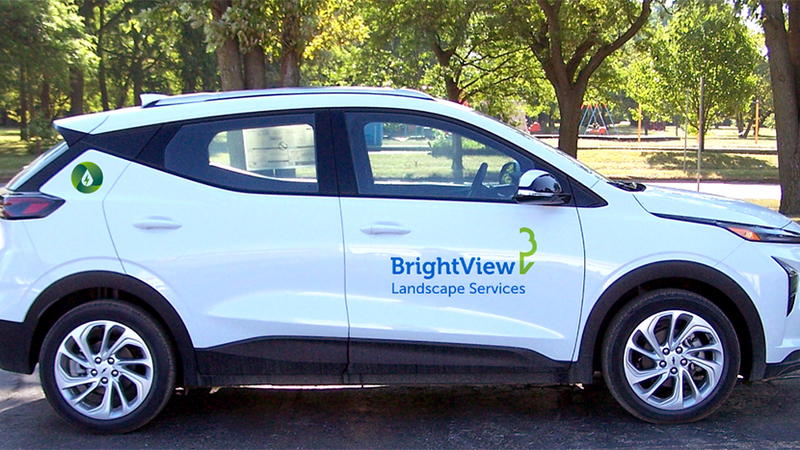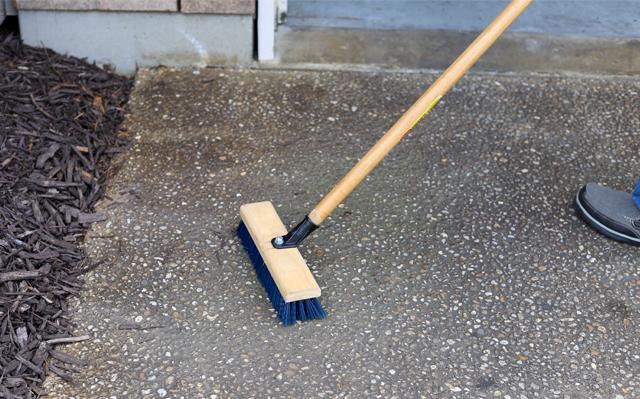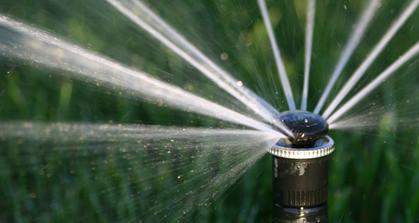BrightView Publishes 2024 Corporate Responsibility Report
BrightView (NYSE: BV), the leading commercial landscaping services company in the United States, today published its 2024 Corporate Responsibility Report, highlighting the Company’s commitment to being a good corporate citizen focused on environmental stewardship, social responsibility, and corporate governance. The report is available on BrightView’s website.
“This report reflects our team’s hard work over the past year and continued focus on corporate responsibility and sustainability initiatives. Every day we set out to positively impact our stakeholders, including our employees, clients, investors, and neighbors,” said Dale Asplund, BrightView President and Chief Executive Officer. “The actions we take, and the projects we promote, are designed to do our part to help improve our environment and to help take care of our team members and customers, and the communities we serve. We remain committed to setting ambitious goals, tracking our progress transparently, and continually improving our performance to ensure we’re working to create a bright future for the world around us.”
Fiscal 2023 Highlights
Environmental
- Established a baseline Scope 1 & 2 greenhouse gas (GHG) emissions inventory.
- Ongoing replacement of our fleet with electric and fuel-efficient alternatives resulting in 17% of our vehicles being hybrid or electric as of the end of Fiscal 2023.
- Continued conversion of gas and 2-cycle landscaping equipment to electric power, with an additional 480 battery-powered handheld units, 200 electric/hybrid vehicles, and 80 electric mowers deployed.
Social
- Continued to diversify our workforce.
- Once again, maintained a total recordable injury rate lower than the landscaping industry average, demonstrating safety is a top priority.
- Raised over $160,000, through the BrightView Landscapes Foundation, to support team members in critical situations.
- Team members contributed over 550 volunteer hours, as part of our Volunteer Time Off program.
Governance
- BrightView’s Board maintains oversight of societal and other matters affecting the Company’s stakeholders and the environments in which we operate.
- Nine of 10 Board members are independent, with an average tenure of under five years.


